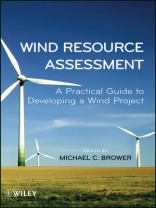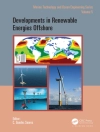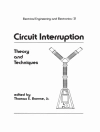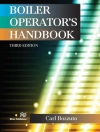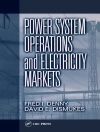A practical, authoritative guide to the assessment of wind
resources for utility-scale wind projects–authored by a team
of experts from a leading renewable energy consultancy
The successful development of wind energy projects depends on an
accurate assessment of where, how often, and how strongly the wind
blows. A mistake in this stage of evaluation can cause severe
financial losses and missed opportunities for developers, lenders,
and investors.
Wind Resource Assessment: A Practical Guide to Developing a
Wind Project shows readers how to achieve a high standard of
resource assessment, reduce the uncertainty associated with
long-term energy performance, and maximize the value of their
project assets. Beginning with the siting, installation, and
operation of a high-quality wind monitoring program, this book
continues with methods of data quality control and validation,
extrapolating measurements from anemometer height to turbine
height, adjusting short-term observations for historical climate
conditions, and wind flow modeling to account for terrain and
surface conditions.
In addition, Wind Resource Assessment addresses special
topics such as:
* Worker safety
* Data security
* Remote sensing technology (sodar and lidar)
* Offshore resource assessment
* Impacts of climate change
* Uncertainty estimation
* Plant design and energy production estimatio
Filled with important information ranging from basic
fundamentals of wind to cutting-edge research topics, and
accompanied by helpful references and discussion questions, this
comprehensive text–designed for an international
audience–is a vital reference that promotes consistent
standards for wind assessment across the industry.
关于作者
Michael C. Brower, Ph D, editor and lead author, is Chief Technical Officer of AWS Truepower, LLC, where he leads product development and helps ensure quality and standards across the company. A physicist and prominent expert in wind energy, he has led numerous assessments of utility-scale wind projects around the world. He is also known for his contributions to wind flow modeling and short-term wind forecasting. His coauthors are a team of experts in meteorology, engineering, and modeling who have collectively assessed over 60, 000 MW of wind plant capacity.
